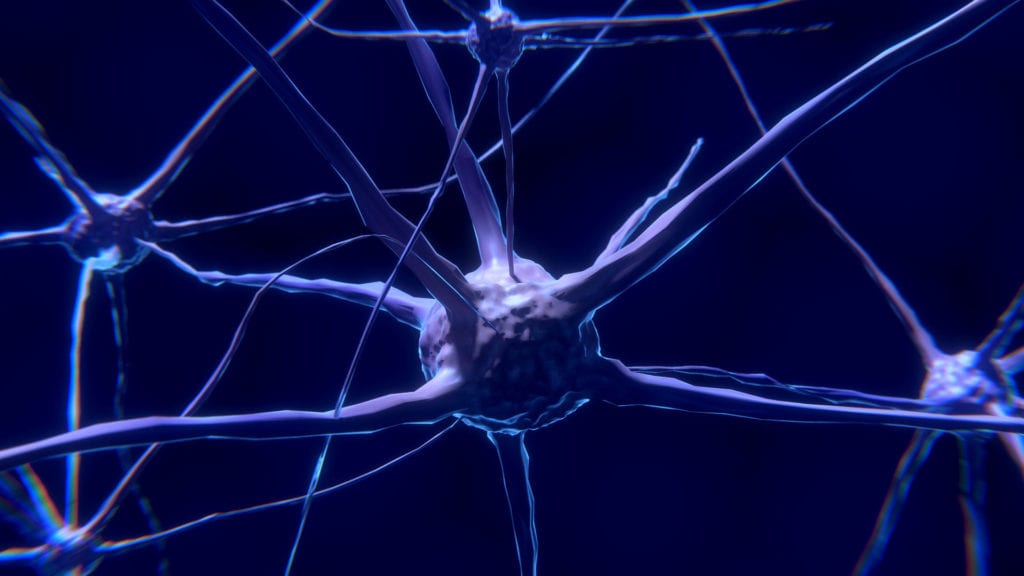Have you ever heard of a “chaperone” protein? Well, the term pretty much refers to proteins which help direct the way that proteins fold, or a protein which leads “quality control,” if I may. One such chaperone protein is called death domain-associated protein, or DAXX. According to Medical XPress, the DAXX protein, as well as other polyD/E proteins, could play a role in the development – or prevention – of Alzheimer’s disease. Researchers from the Perelman School of Medicine at the University of Pennsylvania discovered that restoring DAXX levels, as well as other polyD/E protein levels, could prevent protein misfolding in patients with Alzheimer’s. Take a look at the full study findings in Nature.
Alzheimer’s Disease (AD)
Doctors are not exactly sure what causes Alzheimer’s disease, a progressive neurodegenerative disorder. However, a mixture of genetic, lifestyle, and environmental causes are thought to play a role. Researchers are also interested in the plaques and tangles which form in the brain of Alzheimer’s patients. Regardless, Alzheimer’s disease causes brain cells to die, causing memory loss and other symptoms. Risk factors for Alzheimer’s disease include age (65+), being female, past head trauma, a family history of Alzheimer’s disease, and poor sleeping and exercise habits. Symptoms include:
- Memory loss
- Difficulty thinking and understanding
- Malnutrition or dehydration
- Depression or paranoia
- Jumbled speech
- Difficulty making judgments or planning/completing familiar tasks
- Poor self-care
- Appetite loss
DAXX Protein
Within this study, researchers focused on DAXX proteins, as well as other proteins associated with “quality control” within the cell. First, researchers evaluated DAXX and the other proteins in relation to Alzheimer’s disease. After restoring DAXX levels, researchers found that:
- Other proteins folded correctly, rather than misfolding as is commonly found in Alzheimer’s disease.
- Misfolded proteins could be unfolded.
- Protein aggregates were dismantled, preventing them from accumulating in the brain.
- In some cases, DAXX and the other proteins could be used as a potential cancer treatment by reducing levels of tumor-associated or cancer-associated proteins, like p53, which is associated with ovarian and breast cancer, as well as a number of other cancers.
- For Alzheimer’s disease, DAXX and polyD/E proteins were able to prevent beta-amyloid and alpha-synuclein plaques, tangles, and misfolds.
Ultimately, this study not only showed researchers how these proteins work in preventing diseases but discovered a potential path to Alzheimer’s treatment moving forward.








